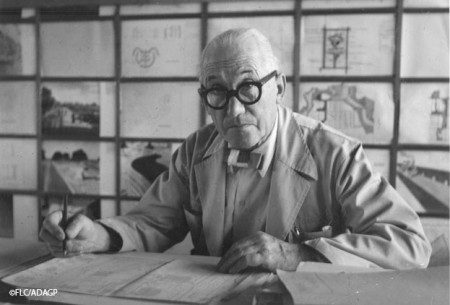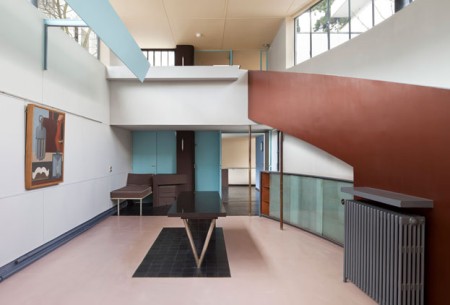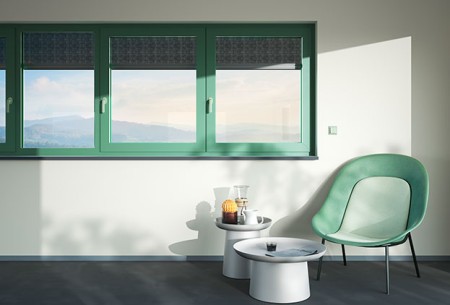As a stylistic movement that once revolutionised architecture, the Bauhaus style is still universal today. Design classics, such as Mart Stam’s cantilever chair, Marianne Brandt’s ball-shaped tea infuser or Marcel Breuer’s tubular steel desk, have maintained their popularity and influence today’s architecture and design. Therefore, the Bauhaus style is often cited as a byword for Modernism.
The term “Bauhaus”, which was coined in remembrance of medieval masonic lodges, and the resulting stylistic movement was created and shaped by the architect Walter Gropius, who founded the „Staatliche Bauhaus Weimar“, then a controversially viewed school of design. His vision was to bring architecture, sculpting and painting into an optimal alliance with craftsmanship. Under the stewardship of architecture, the various disciplines were supposed to melt into a total work of art, following the principle „form follows function“ at all times. In addition to learning the different mechanical skills and industrial arts, the curriculum at the school of design taught students about the characteristics of different materials, shapes and colours – the fundamental pillars of Bauhaus. One of the best known representatives of the Bauhaus style is the Swiss-French architect Le Corbusier, who, in his designs, particularly availed himself of the impact of different colour shades.





![heroal_Wohnhaus_Hebe-Schiebetuer_Le-Corbusier]](https://www.heroal.de/B2C/Images/Le-Coleur/Teaser_Le-Corbusier_Schiebetuer-blau_inline_image_w_450.jpg)
